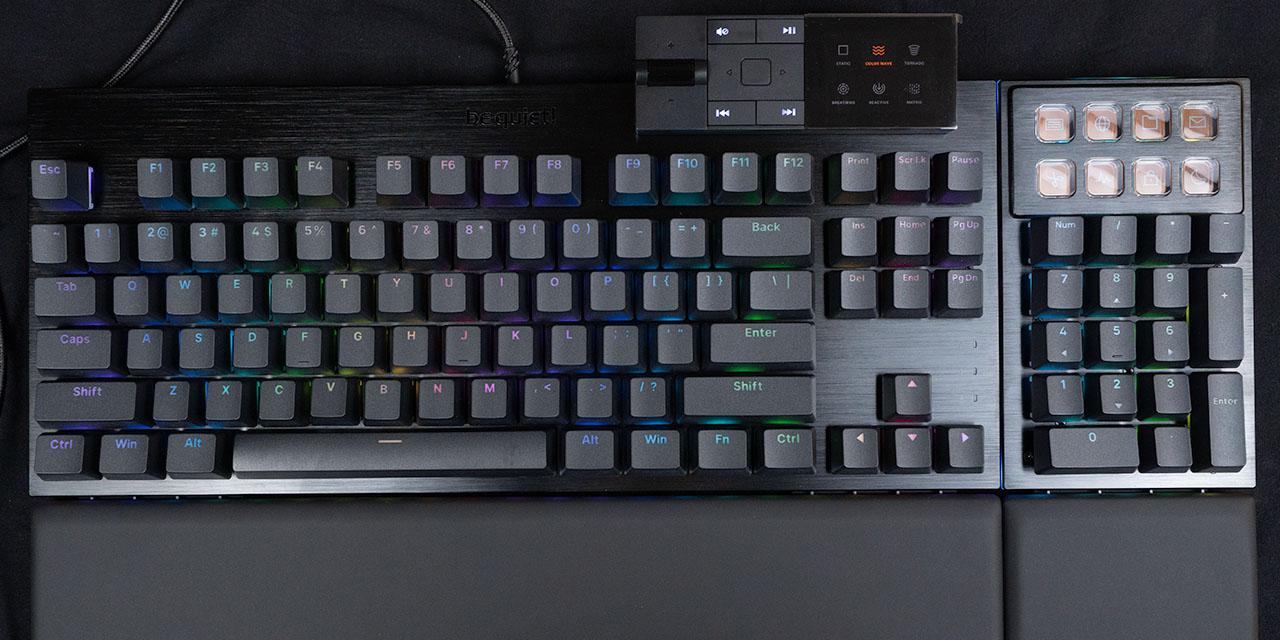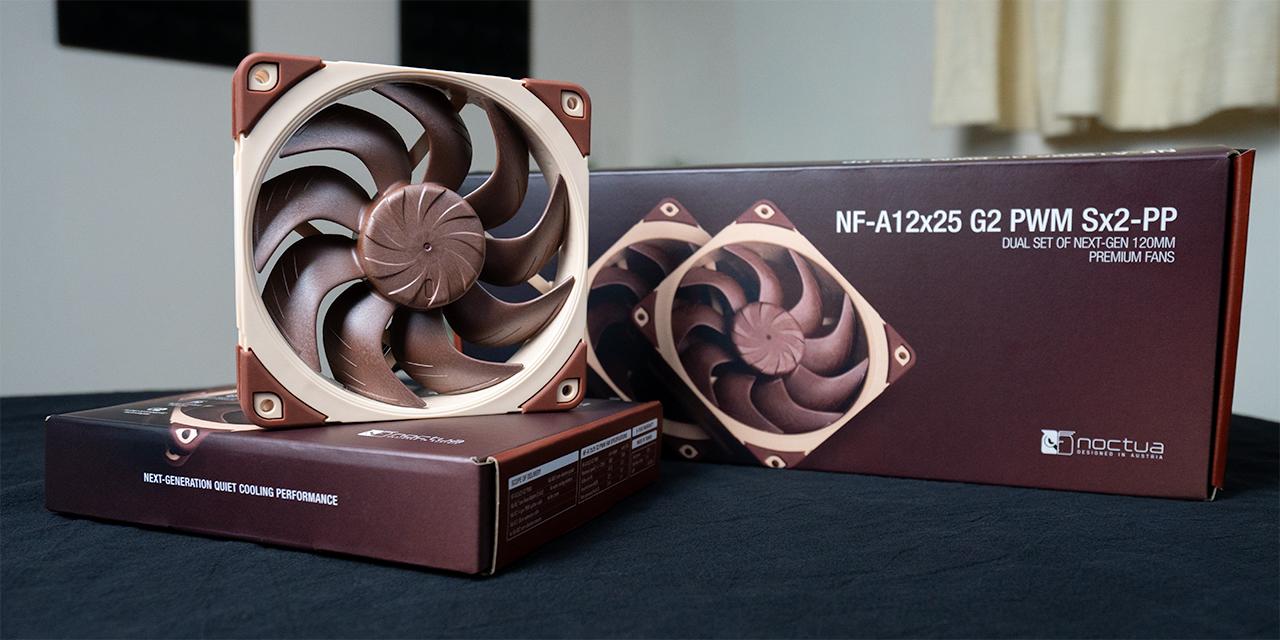Page 11 - Onboard Sound, Wi-Fi, Overclocking, Conclusion
The Asus P5K3-Deluxe uses the same sound codec as the Asus P5W64-WS Professional -- the ADI SoundMAX 1988B audio codec. The analog performance is quite acceptable for regular usage, but for headphones the SNR is definitely not the best.
Compared to the X-Fi XtremeMusic, it sounds 'thinner' -- even with equalizer optimizations, the bass comes in less natural and not very solid/strong. Treble is not as distinct and sharp as the X-Fi; midrange (In terms of vocals) is also slightly lacking. In general, the sound variation is lower and contains significantly less depth of sound than the Creative X-Fi -- which is definitely not a top end sound card anymore. However, as far as integrated goes, users who are not picky will find the SoundMAX more than enough.
On the other hand, this board offers a generous array of connectors. S/PDIF (Digital) connectors include a single coaxial and optical out. Six analog outputs are also available, if you need all the analog connections as well as line-in and microphone.

The Asus P5K3-Deluxe (Well, Asus likes to refer to it as the full name of Asus P5K3-Deluxe/WiFi-AP) also features wireless-G capabilities over a Realtek WLAN controller. An antenna is included; with the provided software your computer can function as an access point or connect to a wireless network with a click of a button. I had no problems connecting to my wireless network, and signal seems to be nice -- with my Microsoft MN-700 wireless-G router sold years ago (It turns out to be a rebranded Asus router running Windows CE), I still have signal strength of 82% from two floors away.

As usual with Asus' high end enthusiast Intel P35 based motherboards, overclocking is generally excellent. With a Scythe Infinity and a couple of low RPM Noctua 120mm fans, there's little airflow over the northbridge -- yet it still operates at an acceptable temperature of roughly 47c peak with overclocking. Overheating motherboards have been one of my concerns lately, and the Asus P5K3-Deluxe definitely is not one that has this problem.
The maximum front side bus speed (Pre-QDR) we were able to achieve is 480MHz (1920MHz QDR) stably. Even with increased northbridge voltages, 500MHz is bootable but not stable with an Intel Core 2 Duo E6300 and Intel Core 2 Duo E6600. The maximum speed we were able to achieve with an E6300 stably is 3.36GHz at 480MHz*7, and 3.44GHz with an E6600 at 430MHz*8. These are Orthos stable results.
During overclocking, there must be two settings that is almost a requirement. One is CPU Voltage Damper to [Enabled], while the second is PCI Spread Spectrum to [Disabled]. The former reduced vdroop significantly, while the latter engages PCI locks. With CPU Voltage Damper enabled, vdroop is reduced from approximately -0.07V to -0.01V.
Regarding memory, even with latest BIOS at time of publication (0604) it does not support anything higher than DDR3-1333MHz at 'out of the box' CPU FSBs. Fast RAM can be taken advantage of (Such as our OCZ Platinum DDR3-1600 RAM used in this review) only if the CPU is overclocked and the RAM speed increases in a ratio to the CPU FSB.
To conclude, my opinion is generally the same with Asus P5K3-Deluxe's DDR2 variant -- the Asus P5K-Deluxe. I was very impressed by the Asus P5K-Deluxe, and the Asus P5K3-Deluxe continues this trend for rock solid stability and performance. For the price it comes in, you will get a fully loaded -- but not bloated -- quality motherboard with all solid capacitors you'd expect from Asus. I would have loved to say that the P5K3-Deluxe is perfect -- I know I have said the exact same thing with its DDR2 brother. As with every product, with the Asus P5K3-Deluxe at no exception, there's room for improvement. When it comes to layout, RAM slots are quite close to the first PCIe x16 slot and may prevent easy removal of RAM due to clip clearing, as well as a potential to interfere with longer PCIe x1 cards. Long graphics card will also block out some SATA ports. The JMicron controlled PATA connector is also placed oddly, but if you are an SATA optical drive user it probably won't matter to you.
On the positive side, there's a lot to compliment on this motherboard. Excellent overclocking, just like the Asus P5K-Deluxe -- 3.36GHz on my E6300 means an incredible 81.6% clock increase with 480MHz (1920MHz QDR) FSB, and 3.44GHz (430MHz*8) on our Intel Core 2 Duo E6600. With fast DDR3 RAM, pretty much nothing besides the processor itself is going to limit the overclock. Plus, no overheating northbridge -- the extra heatpipes perform better than the P5K-Deluxe too -- it remains stable at an acceptable temperature with minimal airflow. Stable and solid motherboard; passed my Orthos stress testing without issues and never had any odd problems. Very generous amount of connectors located at the back panel I/O -- nice to see more USB ports, and the implementation of dual eSATA.
Speaking of BIOS, it's nice to see all the overclocking options on one page. Settings such as “CPU Voltage Damper” to [Enabled] are a very useful feature to reduce vdroop. However, I would appreciate it if fast DDR3 RAM -- such as those DDR3-1600 and DDR3-1800 modules -- would have their stock frequencies supported out of the box. We had to run our RAM at DDR3-1333 throughout our benchmarks in this review.
While it is very easy to turn this review into a DDR2 vs. DDR3 performance report (Well, you could take it as one if you like), the focus of this article is on the Asus P5K3-Deluxe itself. I would have to say that performance is generally very consistent across the board; in which despite a few insignificances it has posed minor performance increases over the Asus P5K-Deluxe. I would have to highlight that credits of this performance increase (Or lack of performance increase) is not the P5K3-Deluxe's fault, rather it's limitations of currently available technology to harness the potential of DDR3 RAM. The only non-paper difference I noticed is that, programs are more responsive and load faster -- I can open Mozilla Firefox in a literal instant on a cold boot -- no placebo here -- because it's obvious. The only time I observed this was under Windows Vista with Superfetch enabled; however our test platform uses Windows XP Professional SP2 which does not have any similar features.
In general, many would say that DDR3 isn't worth it for its price to performance ratio. Let me tell you this... they are bang on correct -- but take this into consideration: Our focus is the Asus P5K3-Deluxe board itself; and it has the proven performance, features, and rock solid stability of the Asus P5K-Deluxe. The only difference is that it takes DDR3 memory; therefore, because it is pretty much the same board, I would rate the Asus P5K3-Deluxe to be equivalent to the Asus P5K-Deluxe. What I am trying to say is that if you are one who wants the cutting edge of technology, the Asus P5K3-Deluxe is the board for you.
Special thanks to Asus for making this review possible.

APH:Renewal Award
Starting from April 30, 2007, Number Ratings have been dropped for motherboards, RAM, and graphics cards. This is to ensure the most appropriate ratings reflected without the limits of using numbers. Everything else will continue using the Number Rating System.
More information in our Review Focus.
DDR3 may not be worth it for its price to performance ratio at the moment, but that does not mean that the Asus P5K3-Deluxe is not a great motherboard! Like the Asus P5K-Deluxe, the P5K3-Deluxe is a full featured, solid and stable motherboard. Incredible overclocking, chipset cooling nicely implemented, but layout has room for improvement. We would also like to see support for high frequency DDR3 memory out of the box.
Do you have any comments or questions about the Asus P5K3-Deluxe? Drop by our Forums. Registration is free, and it only takes a minute!
Page Index
1. Introduction, Features, and Specifications
2. Bundle, Chipset, BIOS
3. A Closer Look, Board Layout
4. Test System; Benchmark: 3DMark06
5. Benchmark: PCMark05
6. Benchmark: Cinebench 9.5, SuperPI 1M
7. Benchmark: EVEREST CPU
8. Benchmark: EVEREST FPU
9. Benchmark: EVEREST Memory
10. Benchmark: EVEREST Memory Latency, HDTach 3.0.1.0
11. Onboard Sound, Wi-Fi, Overclocking, Conclusion





